Immerse Yourself In The Culture Of Bhutan With Folk Heritage Museum Kawajangsa In 2026
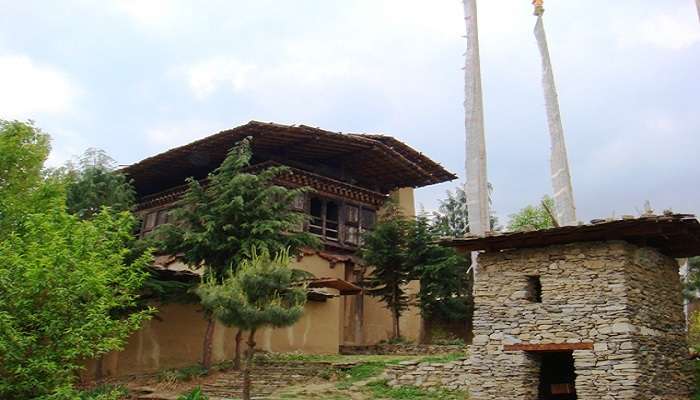
Located in the capital of Bhutan, Thimphu, the Folk Heritage Museum Kawajangsa, or Phelchey Toenkhyim, is an interesting place that gives an insight into the Bhutanese culture. Established on 28th July 2001 by Queen Mother Ashi Dorji Wangmo Wangchuck, this museum symbolises Bhutan’s cultural history. The main purpose of the museum is to engage the visitors with the rural life of Bhutan by providing them with opportunities to experience and learn about it. Located in Thimphu, it is easily accessible to the people of Bhutan and tourists and gives a glimpse of rural Bhutan.
History Of Folk Heritage Museum Kawajangsa
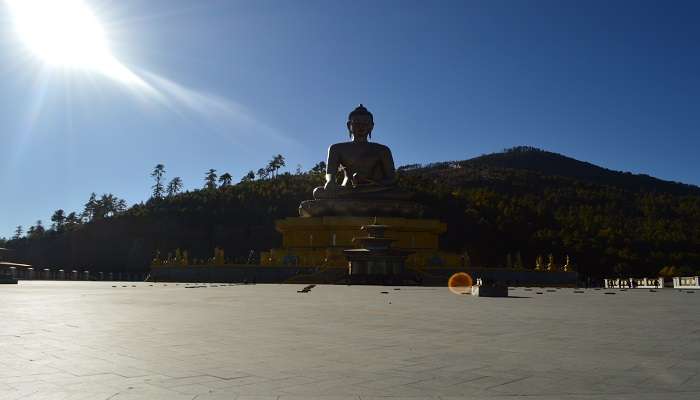
The Folk Heritage Museum Kawajangsa was inaugurated on 28th July 2001 by Queen Mother Ashi Dorji Wangmo Wangchuck. Her vision was to develop a place that would retain and depict the rural life of Bhutan and pass it on to future generations. The museum is located in a rammed mud and timber house over 150 years old in the traditional 19th-century style. This setting is quite appropriate for the different exhibits and activities that are showcased in relation to the Bhutanese culture and way of life.
The museum’s establishment shows a concern for cultural conservation since it is not only a site of interest for tourists but also a source of knowledge for the Bhutanese population.
Must Read: Tourist Places In Bhutan
Folk Heritage Museum Kawajangsa Architecture & Structure
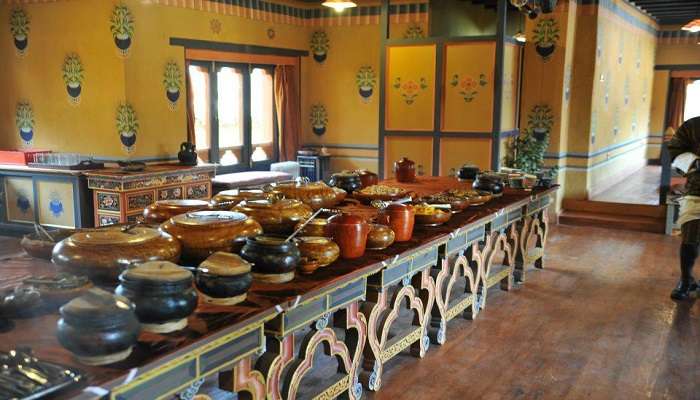
The museum is located in a three-storied typical Bhutanese farmhouse built with rammed mud and timber. This structure is more than 150 years old and is a good representation of Bhutanese architecture of the 19th century. The first floor is used for storing hay and other farming equipment and the second floor is used for storage of other items while the third floor is where the living and dining area is located. There are paddy, wheat and millet fields, a water mill, kitchen gardens and a hot stone bath around the farmhouse to give a rural touch.
The museum’s structure is a replica of the Bhutanese farmhouse and the construction materials and methods used are all native to Bhutan. The walls are made of rammed earth and are quite thick and strong to protect from the extreme climate. The timber frames are also used to enhance the beauty and strength of the building as it has a natural feel. The museum also has native trees and plants used in Bhutanese households for generations. This integration of architecture and nature makes the place a living museum that provides a touch and feel of rural Bhutan.
Exhibitions At The Folk Heritage Museum Kawajangsa
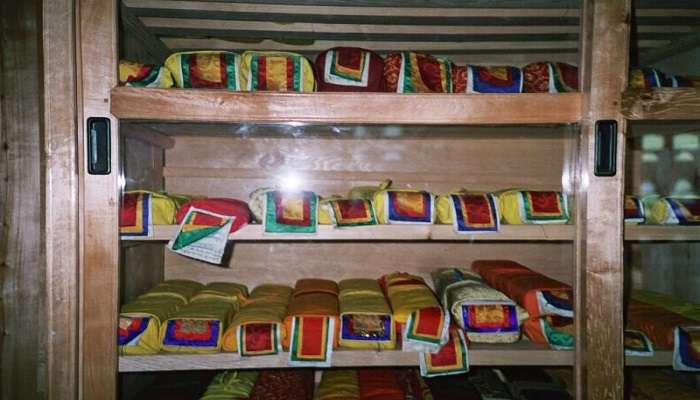
The Folk Heritage Museum Kawajangsa has numerous exhibitions that give a clear picture of the rural life of the people of Bhutan. The museum has items used in the Bhutanese households, tools, and equipment used in rural areas. Tourists can view displays of how farming was done in the past, how clothes were woven, and how food was prepared. These exhibitions not only depict the creativity and innovation of the Bhutanese people but also give an idea about their daily routine and customs inherited from their ancestors.
The most visited exhibit is the Bhutanese kitchen, which shows how the traditional Bhutanese prepare their meals. The kitchen has clay stoves, wooden spoons and other tools, traditional cooking utensils, pots, and pans placed as they would be in a rural home. One of the other interesting attractions is the watermill which shows how grain was ground into flour in the past. These exhibits enable visitors to touch and feel Bhutanese culture, thus making the museum informative and fun.
Suggested Read: Trekking In Bhutan
Entry Fee And Opening Time
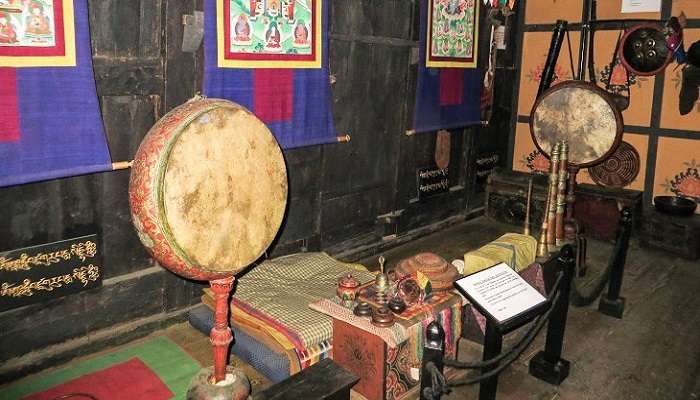
The entrance fee to the Folk Heritage Museum Kawajangsa is NG 300 per head. This fee permits visitors to explore the museum and its premises to the core to understand the cultural history of Bhutan. The entry fee is used to cater for the museum’s expenses so that it remains relevant in providing knowledge to the young generation. The fee can be paid at the gate, and for those who would like to be taken around the place by a guide, this is also possible.
The museum is open from 9:00 AM to 5:00 PM, Monday to Sunday. It is recommended that visitors plan to spend as much time as possible in the museum because there are so many things to do and see in the compound. The opening hours are sufficient to visit all the exhibits, attend cultural performances, and have a meal at the museum’s restaurant. The museum is also shut on some of the public holidays, therefore it is recommended that one should check on the dates before visiting the museum.
Folk Heritage Museum Kawajangsa: Nearby Attractions
The Folk Heritage Museum is a great destination in itself, but to round off your trip, you can check out the following nearby attractions. These attractions will enhance your cultural experience, which includes historic temples, libraries and more.
1. National Library Of Bhutan
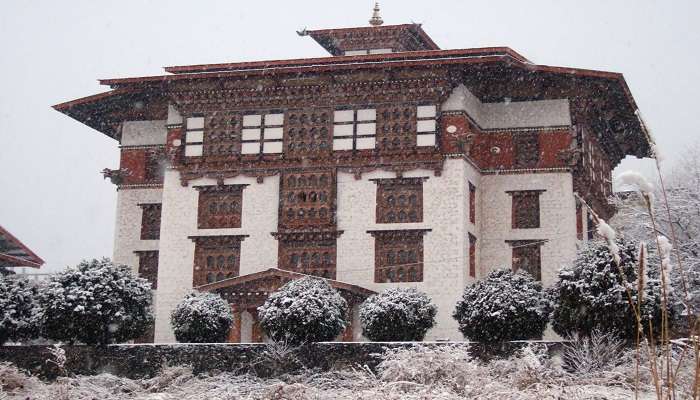
The National Library of Bhutan is another attraction within walking distance of the Folk Heritage Museum Kawajangsa. The library has a large number of books and manuscripts of Bhutanese literature, religious books, historical documents, etc. It is also an opportunity for visitors to learn more about the history and culture of Bhutan through literature.
Distance from Folk Heritage Museum: 190 m
Entry Fee: Free entry
Suggested Read: Hiking In Bhutan
2. National Institute For Zorig Chusum
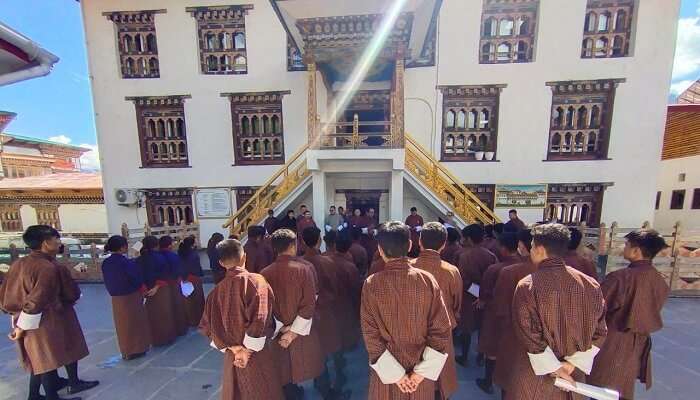
This is also known as the Institute of the 13 Traditional Arts, and it focuses on teaching the arts and crafts of Bhutan. Visitors can tour the institute and observe the students as they practise various traditional arts, including painting, sculpting, and weaving. The institute provides an interesting look at the talent and commitment needed to perfect these arts.
Distance from Folk Heritage Museum: 180 m
Entry Fee: 100 Nu
3. Changangkha Lhakhang
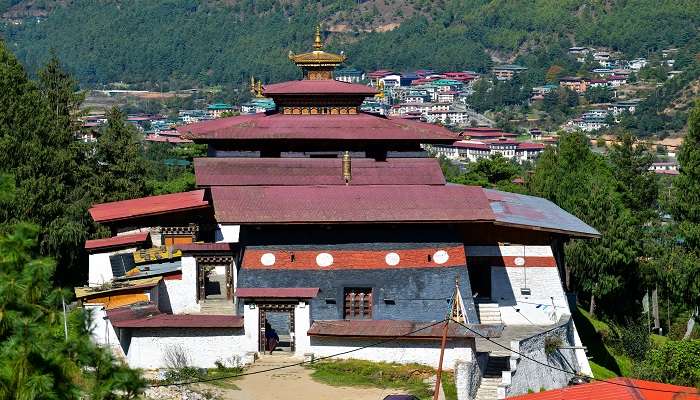
Located on a ridge overlooking the Thimphu valley, Changangkha Lhakhang temple is one of the oldest in Thimphu and was built in the 12th century. This beautiful temple is a shrine to Avalokiteshvara, the bodhisattva of compassion and a favourite among the locals as a place of worship. The temple is famous for its old prayer wheels and beautiful statues, and the view of Thimphu Valley is breathtaking. Tourists can feel the religious atmosphere and learn more about the religion of Bhutanese people.
Distance from Folk Heritage Museum: 2 kms
Entry Fee: Free entry
Suggested Read: Burning Lake
4. Buddha Dordenma
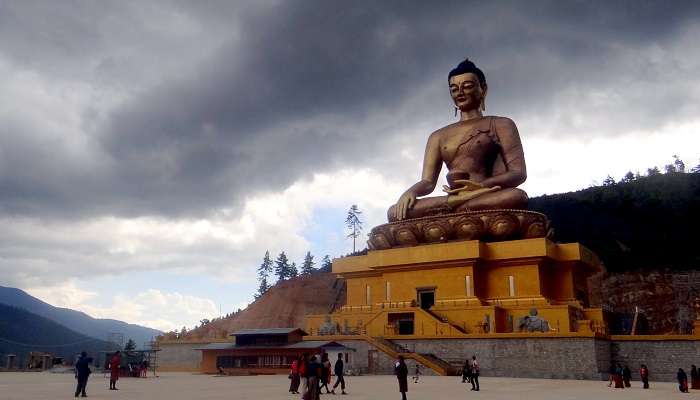
Located 20 minutes drive from the Folk Heritage Museum, Buddha Dordenma is a giant statue of Shakyamuni Buddha, which is 51 metres high. This royal fortress is located in Kuensel Phodrang Nature Park on a hill above the southern approach to Thimphu Valley. The statue contains more than 100,000 other Buddha statues of bronze and plated with gold. It is not only a religious place of worship but also a beautiful place to view the surrounding scenery take pictures, and pray.
Distance from Folk Heritage Museum: 6.5 kms
Entry Fee: Free entry
How To Reach Folk Heritage Museum Kawajangsa
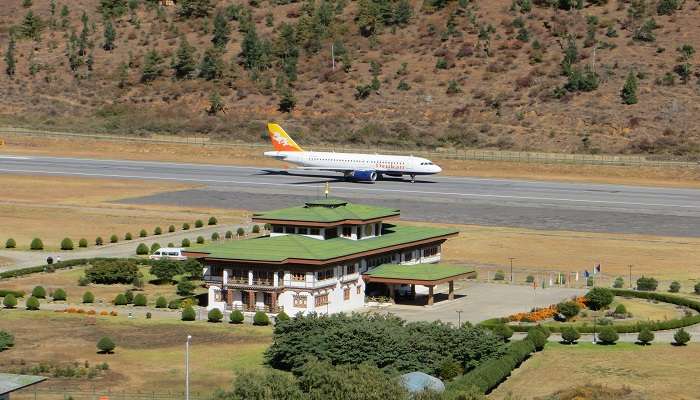
By Air: The nearest airport is Paro International Airport, which is approximately 55 kilometres from Thimphu. After arriving at the airport, one can take a taxi or hire a car to get to the Folk Heritage Museum Kawajangsa. The distance from the airport to Thimphu is about 1 hour’s drive, or 5 hours, where one can view the beautiful terrains of Bhutan. Paro International Airport has good connectivity with many Indian cities and other international airports, which makes it easier for tourists to access.
By Road: Thimphu is easily accessible by road from other parts of the country and neighbouring countries. The visitors can use a bus or drive from other cities and towns that are in close vicinity. The museum is situated in Kawajangsa, Thimphu, and one can easily get there by hiring a car or a taxi. The roads are good, and the transport provides excellent views of the mountains and valleys of Bhutan. For those travelling from India, there are several border crossings, such as Phuentsholing, from where buses and taxis are available to Thimphu.
By Rail: At the moment, there are no rail services in Bhutan, and the country does not have a railway network. By rail, the nearest railway stations are Hasimara or New Jalpaiguri in India, from where one can take a bus or taxi to Thimphu. The distance from the railway stations to Thimphu takes several hours, but the view is very beautiful. Local transport is readily available once you get to the museum in Thimphu.
Further Read: Homestays In Bhutan
The Folk Heritage Museum Kawajangsa is an interesting place to visit in Bhutan as it gives visitors a glimpse of the traditional way of life. The museum is a true masterpiece, starting with the exterior and interior design and ending with the exhibits. Book your trip to Bhutan now and discover the beauty of the Folk Heritage Museum Kawajangsa.
For our editorial codes of conduct and copyright disclaimer, please click here.
Cover Image credit : By Shoestring for Wikipedia.
Frequently Asked Questions About Folk Heritage Museum Kawajangsa
What can I see at the Folk Heritage Museum Kawajangsa?
The museum has Bhutanese cultural items, a Bhutanese house built in the 19th century, and the lifestyle of rural people.
Is there a restaurant in the Folk Heritage Museum Kawajangsa?
Yes, the museum has a restaurant that offers Bhutanese food. You can also find several eateries and cafes nearby.
Can I take photographs inside the museum?
Photography policies can vary; so it is advised to check with officials of local people to understand the rules before clicking photos inside the Folk Heritage Museum.
What is the ideal time to spend at the museum?
One to two hours should be sufficient for exploring all the traditional and cultural exhibits of the museum.
Are private tours available at the museum?
Private tours can be booked in advance before contacting the museum officials and paying the required fees.
People Also Read:
Naval Aviation Museum Lamu Museum Karen Blixen Museum

With a passion for exploring and travelling to the roads long forgotten, experience the world through enthralling stories and adventures. Join me as I share my experiences at some of the world’s most popular tourist destinations and quench that pestering curiosity with something exciting!











